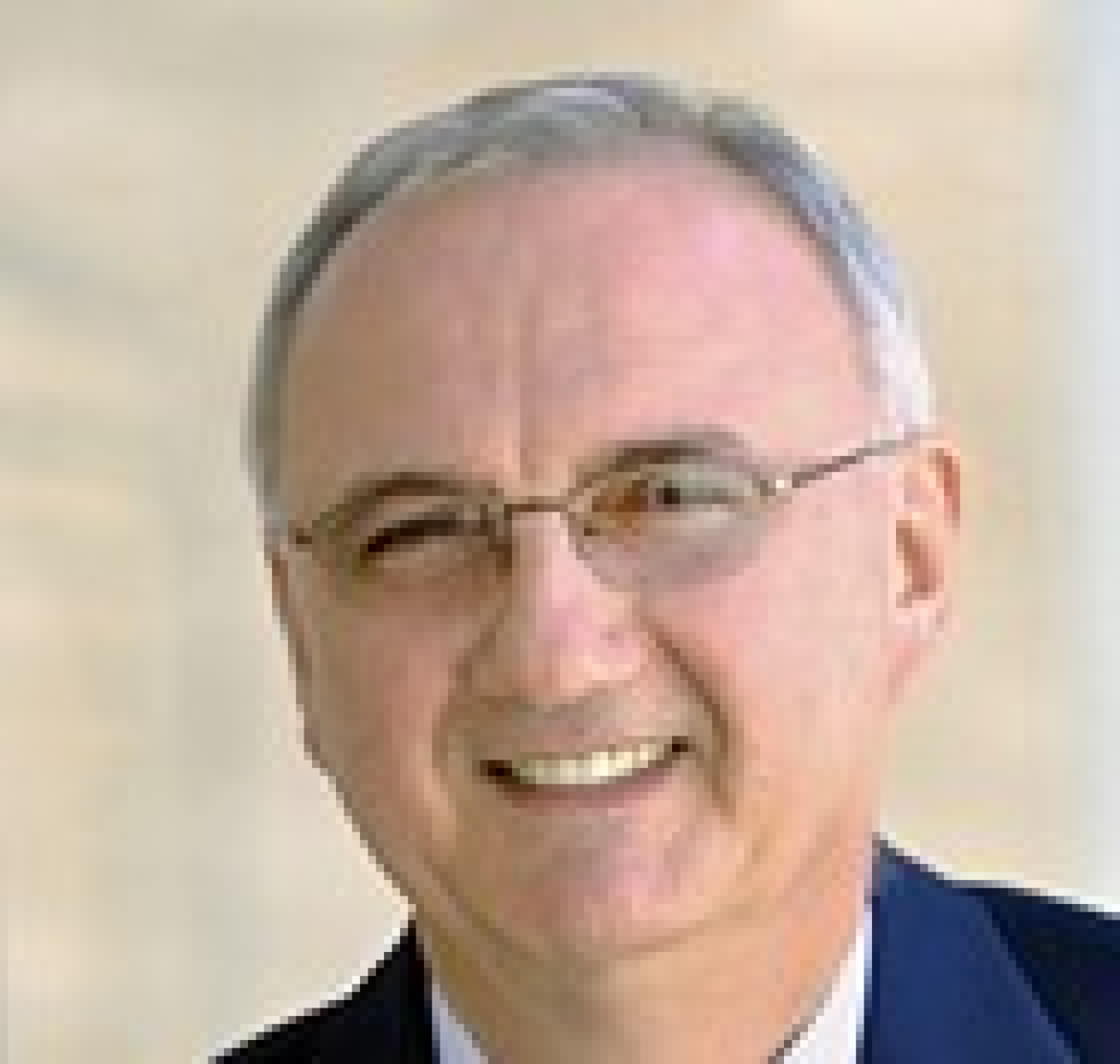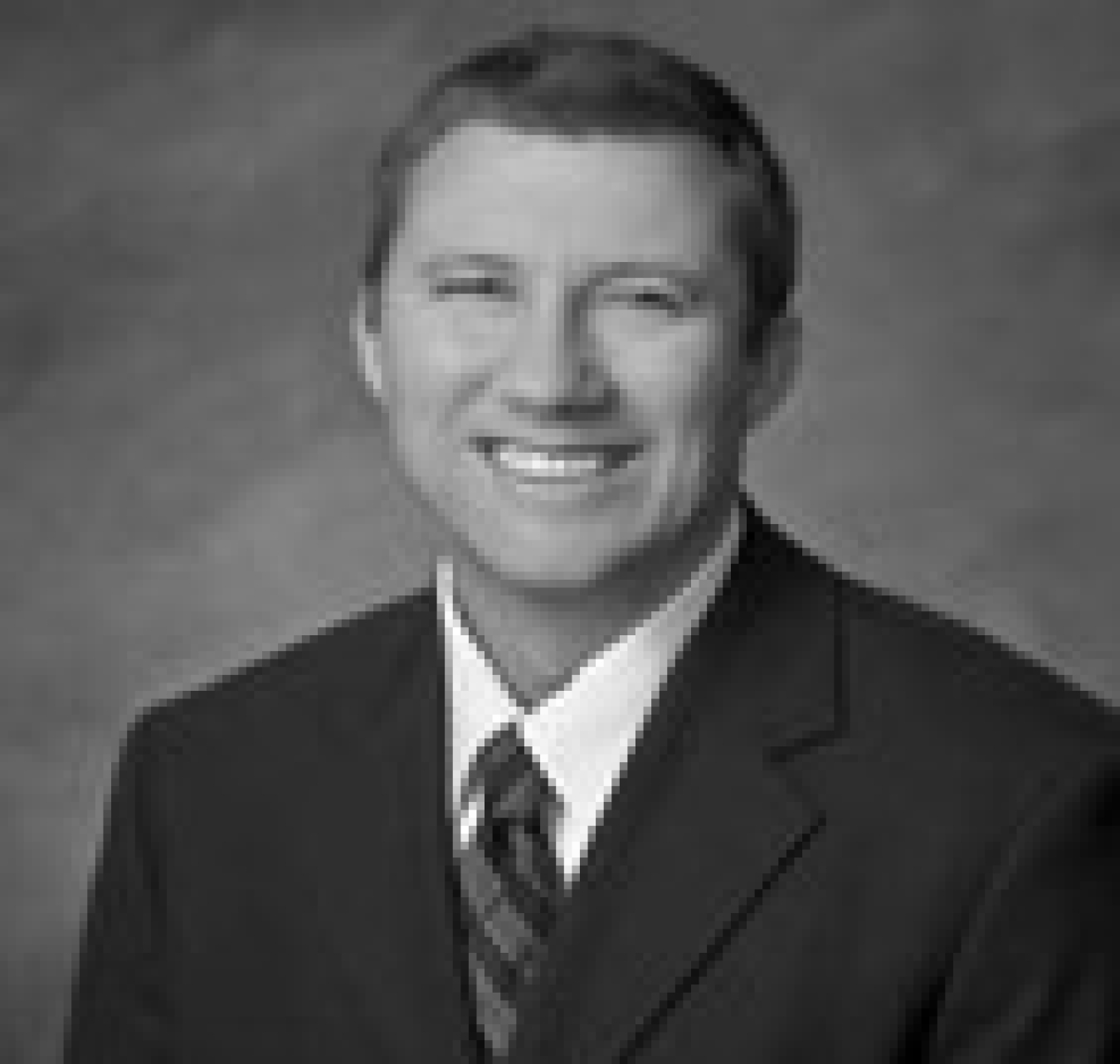EAC Member Spotlight Series #10 on Mladen Kezunovic and Paul Hudson
February 17, 2021This summer, the U.S. Department of Energy (DOE) announced the new and returning members of the Electricity Advisory Committee (EAC), which advises DOE on electricity resilience, reliability, security, interdependency, and policy issues. In a new series of posts, we hear from the members of the EAC to learn more about their backgrounds, their predictions for the future of the electric grid, and their advice for young professionals in the energy space.
This week we are highlighting EAC members Mladen Kezunovic of Texas A&M University and Paul Hudson of General Infrastructure LLC.
Mladen Kezunovic, Texas A&M University

Q: What have you worked on during your time in the EAC?
This is my second term. I’ve contributed to several work products, but I was mostly spearheading the big data discussions and panels. I believe big data will change the industry forever.
Q: In your view, what is the biggest challenge facing the electric grid today?
I think the biggest challenge facing the grid today is the uncertainty of how renewables will be integrated and how consumers will be engaged.
Q: Can you tell us about your professional journey that led you to the EAC?
It all started in industry over 40 years ago with involvement in the first all-digital substation development project in the world (Westinghouse) in the late seventies. I then transitioned to academia where I was at Texas A&M for almost 35 years. I then continued consulting activity with XpertPower Associates for almost 30 years. The EAC participation is a natural extension of my diverse interests in education, research, and applications.
Q: What is something surprising people do not know about you?
I love skiing. I grew up in the mountains of Bosnia, the home of the 1984 Winter Olympics. I’ve skied across the United States, Canada, and parts of Europe. It is something that I do far less now than before, but the stunning views and feeling the cold breeze are my favorite. And ice cream, too
Paul Hudson, General Infrastructure LLC

Q: Why did you join the EAC? What made you want to become a committee member?
The EAC is a thoughtful group of folks performing a service and working on fascinating issues and topics. The interchange of ideas is what initially attracted me and continues to hold my attention.
Q: In your view, what is the biggest challenge facing the electric grid today?
Our biggest challenge is ensuring reliability in the face of dispatch uncertainty and loss of baseload and ramping capability. We must also add to grid infrastructure, while honoring the fact that distributed solutions may well end up stranding certain assets.
Q: The EAC is an important part of DOE's outreach. What benefits do you see from DOE's efforts to work with outside groups?
Policy and research can’t be approached in a vacuum. Dialogue about implications, focus, and needs are each made richer through interaction with real companies and people, solving real problems, and working to pre-emptively avoid the problems of tomorrow.
Q: The grid has evolved significantly in the past century. What do you expect from the Grid of 2100?
I see a heckuva lot of renewables and energy storage with a mix of distributed and central station solutions. We’ll have powerful micro-grid/macro-grid interactions in real-time and significant demand participation while buildings become assets, not just loads. Ubiquitous interconnected devices and communication will lead to extreme transparency and visibility into system conditions. Resilient, secure systems are made better by virtue of extremely sophisticated computer hardware and software. But most importantly, I see people with an array of choices about how to meet their respective needs for energy.
Watch this space for more profiles of the members of the Electricity Advisory Committee
Each profile above represents the member’s own thoughts and does not reflect the position of DOE

